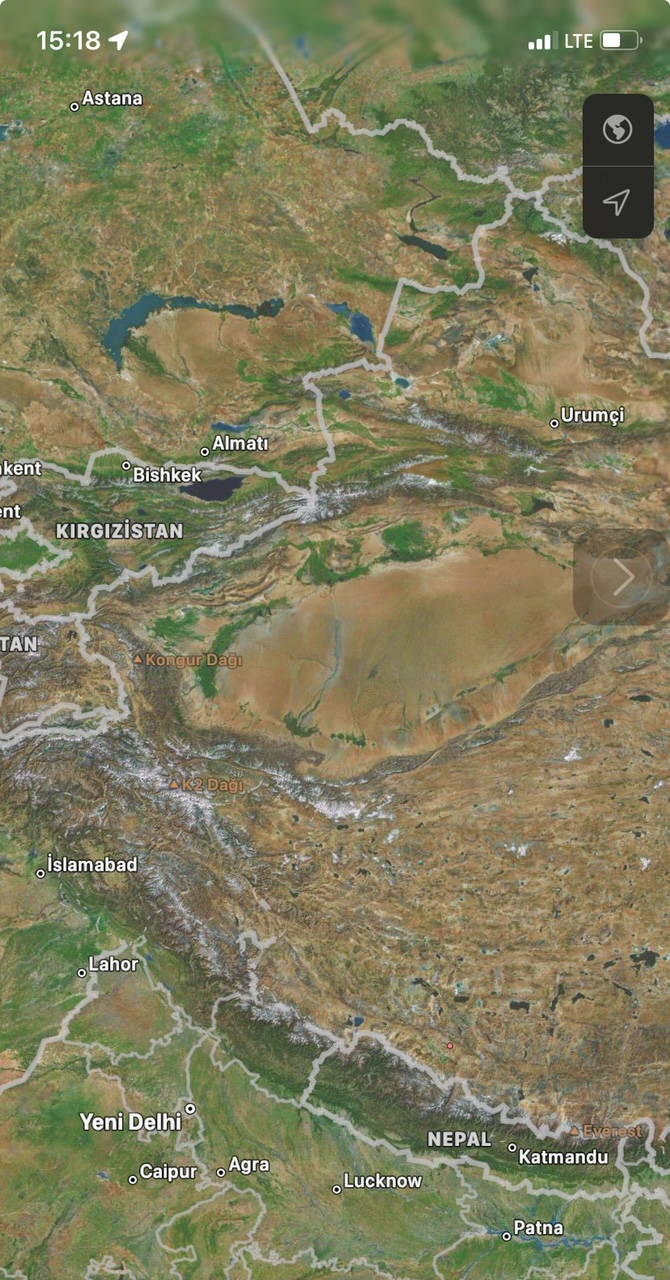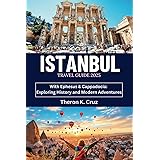India, Pakistan, Turkestan, Turkey Trade Route
In Turkey’s international trade, highways are mainly preferred for shipments with the European continent, while sea routes are preferred for shipments with African, American continents and Far East countries. The main subject of the railway-based transportation mode mentioned in Asia-related shipments is the countries of China and Turkestan.
In addition, in the new project updated between Russia and India, the entire Iranian geography will be crossed by rail. In the area from the Persian Gulf to the Turkish border, a railway will be built between Iraq and Turkey, it is called the development road.
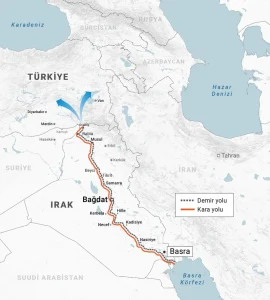
Thus, transportation by rail on the geographies of Russia, Iran and Iraq gains a strategic meaning. The issue we want to address here is the issue of making strategic use of railways in the same way in transportation with Asian markets, as Turkey is on the agenda with the Zangezur Corridor. In the last period of the Ottoman Empire, the empire, which extended railways to the cities of Baghdad, Mecca and Medina, unfortunately lost the countries where these railways were located in a World War that suddenly erupted. The Republic, which followed, focused on railways again, as in the last period of the Ottoman Empire, and knitted the country with iron nets in ten years.
Towards the end of the first quarter of the 21st century, the issue on the agenda is to open Asian markets by railways. The unwinding of the Zangezur corridor will pave the way for Turkey’s integration with Asia as of the second quarter of the 21st century.
The real meaning of the Community of Turkic States is that the trade that goes back and forth through the railways in this way reaches the Mediterranean markets through Turkey and the establishment of cooperation on the roads towards the Great Mediterranean Union.
Iran is rising as a Persian Wall because it blocks Asian markets to Turkey.
If we pay attention, the silk road transportation, which we call the Middle Corridor, is not a route passing through the Iranian geography. Turkey is also in a position to overcome Iran with the railway corridor between Basra and Ovaköy Border Gate to be built on Iraq.
In the same way, it is strategically important to reach the markets of the Indian continent, Pakistan and India with the networks to be developed over the railways. From this point of view, it is important for Turkey to update its fraternal relationship with Pakistan with a holistic perspective on the Indian continent and to run the north-to-south cycle between India, Turkestan, Russia and Africa by attracting India to our side, this cycle will be the cycle of goods going back and forth.
This cycle will work in the style of north-south interaction. It is important to turn to relations between countries with a cooperative approach.
In this case, similar to Turkey’s mediation attempt between Ukraine and Russia, the mediation between Pakistan and India will provide us with endless benefits.
The north-south cycle and east-west commutes will begin to revive. India-Pakistan-Turkestan railway routes will also reach Russia and Turkey and create a dynamo effect.
In an article I wrote in 1998, I examined Turkey-Pakistan trade. Levent Tunaboylu: From the Mediterranean to the Pacific; Searching for Strategic Trade Partnerships 1: Eurasia Dossier Quarterly Journal of International Relations and Strategic Studies (Afghanistan and Pakistan Special) – Autumn – Winter 1998 / 99, Volume: 4 Issue: 3 – 4
For Turkey, the Silk Road Middle Corridor is constantly emphasized. However, in order for this corridor to be meaningful, it must be combined with the Indian Continent Corridor (India, Pakistan, Afghanistan) and the Turkestan Corridor, which is called the Middle Corridor, coming from the south.
Thus, South Asia (Pakistan, India, Afghanistan) will be united with Central Asia-Turkestan and the markets will be integrated with each other.
What we need to talk about is not a Turkic World isolated from the region.
It is important to integrate the Turkic world with the markets of Turkestan and the Mediterranean towards the west, and in the same way with the markets of India and Pakistan towards the south, and this will be possible with the railways.
Turkestan markets are already integrated with China through the Silk Road, the Middle Corridor. In this way, with the preservation of these connections, the integration of Asian markets will be completed and will be connected with the Turkish and Mediterranean markets.
Just as we are talking about the Asia-Pacific phenomenon, where Asia’s foreign trade is largely integrated with the US market. In the same way, we need to bring the Asian-Mediterranean phenomenon and concept to our agenda. What is meant by the Mediterranean is the markets of the Mediterranean basin, including Turkey. So. In this way, Turkey will be integrated with both Asian and Mediterranean markets within the scope of a five-hour flight distance.
In addition, the interconnection of the Indian Continent (India, Pakistan) and Turkey-Turkestan markets will continue with Russia and will descend to Turkey and Africa through Russia, and the cycle with India again through Africa will continue in an environmental way. This is a fertile cycle, in which the African continent in the south also gains importance. The integration of railways is of strategic importance in terms of providing all these connections. The Middle Corridor should merge with the Indian Continent Corridor coming from the south, and the corridors should be integrated with each other.
Five Corridors
Thus, we can list the corridors that are strategically important for Turkey and the corridors towards Asian markets as follows.
- Zangezur Corridor
2. Development Corridor (Turkey – Iraq)
- Indian subcontinent (Pakistan-India-Afghanistan) corridor
- Middle Corridor
- Integration of the Middle Corridor and the Indian Corridor
With the full functioning of the five strategic corridors, Turkey’s full access and full integration into the emerging Asian markets of the 21st century will be ensured. In this way, the Turkic world will not strengthen the economic infrastructure of the Organization of Turkic States.
The Concept of the Greater Mediterranean
The term Greater Mediterranean that we propose is a strategic concept. The Turks have thousands of years of history and historical depth in the proposed region. In this respect, it is essential to transform the Mediterranean region, which is surrounded by three continents, and the Turkestan region, which is surrounded by India, Pakistan, Afghanistan, China, Russia, Azerbaijan and Iran, into a synergistic power through the Silk Road and the Spice Road.
As the great poet Nazım Hikmet expressed in his series, “This country, which comes galloping from Far Asia and stretches to the Mediterranean like a mare’s head, is ours”. In the case of Turkestan, which is mentioned in the verses, Asia, Turkey and the Mediterranean have a integrity.
Indian Fabric & Turkish Belt
The book India Travelogue – Indian Subcontinent, which was written by evaluating the observations of my travels in India and the Indian literature together, places the pillars of India, Turkey and Turkestan in front of the Indo-European classifications and Indochina geographies.
The Great Asian century is also revived by the dynamism of the Turks and Indians, who give meaning to life with freedom by distributing efkar.
Just as the intellectual achievements of Europe were recruited from South Asia, Southwest Asia and North Africa, similar gains of the Turks came to life in the line of Great Khorasan, Asia Minor (Anatolia) and then Southeast Europe (Rumelia), which included Northern India, where the table was kept by traveling from Turkestan after the shepherd’s fires. The Tigris, Euphrates, Seyhun, Ceyhun and Indus rivers of the region between the Nile and Yamuna rivers also made this life permanent.
In short; Khorasan, India and the Hittites are essential elements of our syntheses in Asia Minor and Asia Minor.
Isn’t India an ocean and not a Turk?
The term ocean, named after Talay, which first appeared in the Tonyukuk inscription, later manifested itself with the Buddhist monk and statesman Dalai Lama, revealing the richness of the common life of the Indian and Turkish worlds in the vastness and depth of the oceans.
Despite the rich historical accumulation and the legend of the Indian Subcontinent, which has been the homeland of four of the sixteen Turkish States, our main concern is to bring vitality to relations and exchanges by giving momentum to our extremely limited Indian library.
As a result; Indian cloth is not inexorable, he who seeks will find, India is not poor, it contains incredible riches. Let us navigate and travel in the Indian subcontinent as our ancestors have done since the days of Khwarizmi, Bîrûnî and Seydi Ali Reis.
China Railway Networks
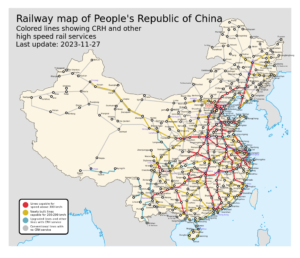
Indian Railway Networks
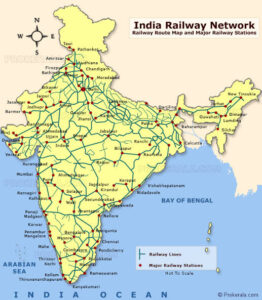
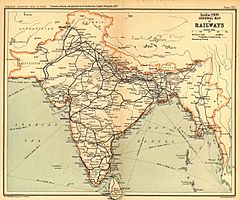
Pakistan-Central Asia Railway
Pakistan-China Economic Corridor (Railway)
Plan for China Pakistan Economic Corridor
Russia-India Trade Route
Russia-India trade route through Central Asia moves forward – Nikkei Asia
CISCountriesRailwayMap.jpg | Box Supported
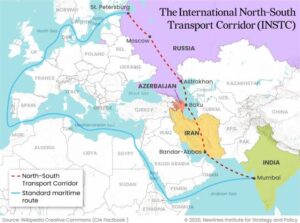
Central Asian Railway Networks
Central Asia railway map – Rail Turkey En
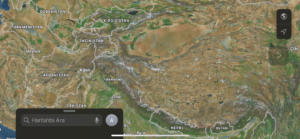
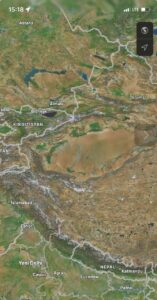
India Central Asia Railway Networks
indian railway routes to central asia – Search on Google
How is the transportation of commodities by the railways of India to the countries of Turkestan, destinations of China and Pakistan developing at the moment?
- Railway networks for the transport of goods in India
- For shipments to Central Asian destinations
- For shipments to Pakistan, the rail is connected by India.
- Most of the goods going to Afghanistan are by air.
- For shipments to China
- Are these rail shipments going well?
Pakistan and India Railway Links
Pakistan India railways network – Search on Google
Pakistan India Railways Network – Search on Google
Trans-Asian Railway Networks
Asian train networks – Search on Google
Trans-Asian railway : trans-Asian railway network | ESCAP
Trans–Asian railway – Wikipedia
Trans asian rail network – Search Google
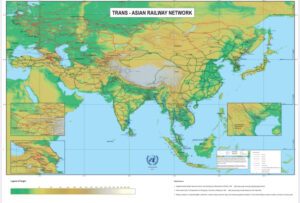
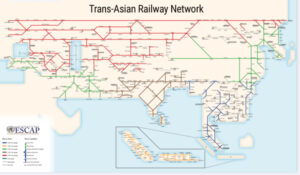
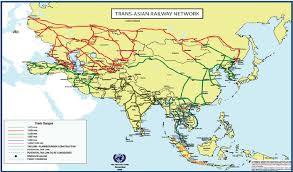
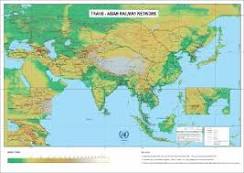
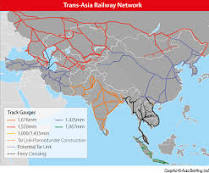
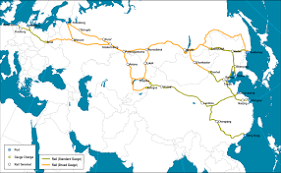
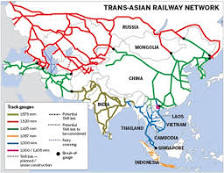


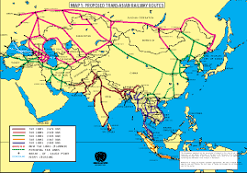
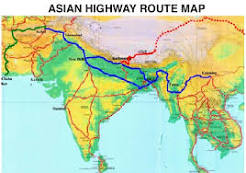
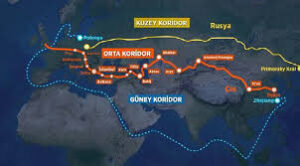
The Silk Road and the Middle Corridor
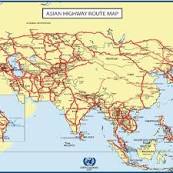
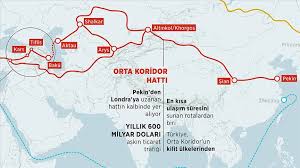
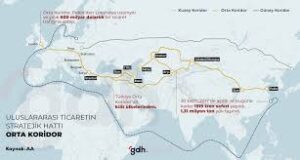
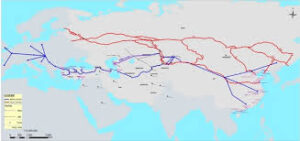
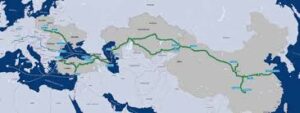
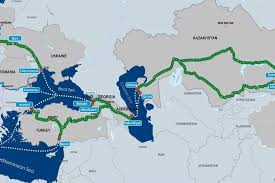
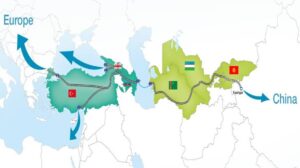
India and the Middle Corridor
Middle Corridor and India – Google Search
Central Asia train through India
There are several trains connecting India to Central Asia. Some of the most popular routes include:
- Delhi to Tashkent: This route continues to Tashkent, the capital of Uzbekistan. There is one train per week and the journey takes about 4 days.
- Delhi to Dushanbe: This route continues to Dushanbe, the capital of Tajikistan. There is one train per week and the journey takes about 5 days.
- Mumbay to Karachi: This route continues to Karachi, the capital of Pakistan. There are two trains a week and the journey takes about 3 days.
- Kolkata to Dhaka: This route continues to Dhaka, the capital of Bangladesh. There is one train per week and the journey takes about 2 days.
All of these trains are comfortable and modern and offer a variety of amenities. food carts, sleeping cars, and shower cars. Traveling by train is a great way to take in the scenery of India and Central Asia and experience the culture of these regions.
If you are thinking of traveling from India to Central Asia by train, I recommend that you research in advance and buy your ticket in advance. Trains are often quite crowded and can be difficult to find, especially during peak season.’
Central Asia freight train with India
Yes, there is a railway line between India and Central Asia, which is used for freight transportation. The line starts from the Indian port of Jawaharlal Nehru and passes through Afghanistan, Uzbekistan, Tajikistan and Turkmenistan to the city of Latsk, Kazakhstan. The line was inaugurated in 2016 and has become a major link for trade between India and Central Asia.
The railway line offers a cheaper and more efficient way to transport goods and services between countries in the region. It also helps to promote regional integration and trade.
Some of the important loads transported by the railway line are:
- Agricultural products
- Manufacturing products
- Energy sources
- Raw materials
The railway line is expected to help trade between India and Central Asia continue to grow in the coming years.
Freight Trains Between Pakistan and Central Asia
Several railway lines are available for freight transportation between Pakistan and Central Asia. Some of the most important lines are:
- CPEC (China-Pakistan Economic Corridor) Railway Line:
- This line connects Gwadar Port (Pakistan) with Kashgar (China).
- The line was inaugurated in 2016 and has become an important trade link between Pakistan and Central Asia.
- The cargoes transported include containers, bulk cargo and raw materials.
- Trans-Afghan Railway Line:
- This line connects the Pakistani city of Peshawar with the city of Herat, Afghanistan.
- The line is still under construction and is expected to be completed in 2024.
- Upon completion, it will provide an important alternative route for trade between Pakistan and Central Asia.
- Iran-Pakistan Railway Line:
- This line connects the Pakistani city of Taftan with the Iranian city of Zahedan.
- The line was inaugurated in 2009 and strengthens the connection between Pakistan and Central Asia.
- Among the cargoes transported are containers, oil and gas products.
- Turkmenistan-Afghanistan-Pakistan Railway Line:
- This line connects the city of Serhetabat in Turkmenistan with the city of Mazar-i-Sharif in Afghanistan and the city of Peshawar in Pakistan.
- The line was inaugurated in 2018 and has become an important connection point between Central Asia and South Asia.
- The cargoes transported include containers, minerals and agricultural products.
Freight trains between Pakistan and Central Asia play an important role in promoting regional trade and economic development. These lines enable faster and more efficient transportation of goods and services between countries in the region.
Additional Information:
- Freight trains between Pakistan and Central Asia typically transport a variety of cargo, such as containers, bulk cargo, raw materials, and oil and gas products.
- The travel time of trains varies depending on the route and the type of freight transported.
- Freight trains contribute to the development of trade and economic development between countries in the region.

